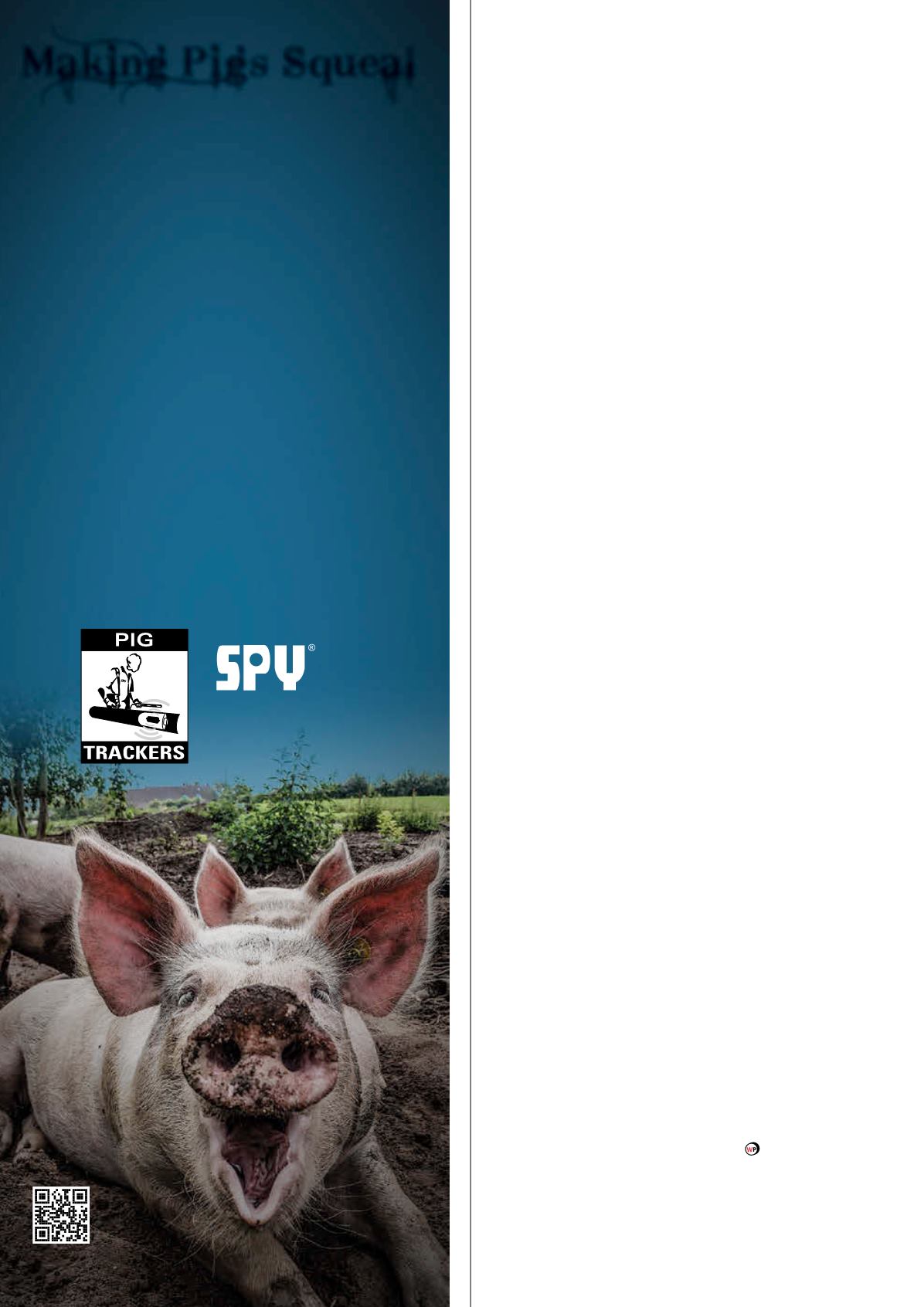
affected by flow profile, so no flow conditioning or straight
runs are required. They have advanced diagnostic capabilities
to verify meter accuracy in situ without interrupting normal
operations.
For these and other reasons, coriolis meters are
commonly chosen as custody transfer meters, and they
are also often used in leak detection systems to avoid the
risk of false alarms. Coriolis meters also measure density, a
parameter often used for pipeline batch interface detection
to optimise the control of divert valves and minimise the loss
of good product to the slop tanks.
Flow management
The output from flow sensors is sent to control systems,
with modern smart sensors employing high-speed two-
way digital data links such as FOUNDATION
TM
Fieldbus or
WirelessHART®. These links allow the control system to
remotely calibrate the sensors, detect problems before
they occur, and provide diagnostic information to aid in
troubleshooting.
Smart sensors are particularly critical given the remote
location of many pump stations and correspondingly
infrequent maintenance visits. If a technician does need to
visit the site, the diagnostic information provided by smart
sensors to the control system will allow him or her to bring
the needed tools and parts to complete a repair in one trip.
The control system uses the process variable information
received from flow sensors to optimise pump operation.
For example, a flow sensor installed near the output of a
pump is typically used as the process variable input to a PID
controller. The PID controller compares this input value to
the desired setpoint, and adjusts pump speed or control valve
position accordingly to maintain the flowrate at or near the
setpoint.
Flow sensors installed downstream of pumping stations
provide critical data to the control system, which is processed
internally to yield actionable information to operators and
engineers. For example, comparing flows at various points in
the pipeline can show if a major leak has occurred. Flow data
from downstream sensors can also be used to optimise pump
operation, as it is often found that pump speed setpoints can
be lowered while still maintaining sufficient flow – saving
energy, reducing maintenance and increasing pump life.
Conclusion
Flow management of pipelines transporting liquid
hydrocarbon products starts at the pumps, and continues
throughout the pipeline system. Accurate and reliable
measurement of various process parameters is required
throughout the pumping and pipeline system. These
measurements have traditionally been made using wired
instruments, but wireless sensors are finding favour for
monitoring key parameters, while wired solutions are still
preferred for real time control applications.
Making Pigs Squeal
Since 1984
APPLICATIONS
• Mainline Transmission
• Gathering Lines
• Subsea Lines
• Municipal Gas
• Water and Wastewater
• Refining and the Process Industries
Our transmitters emit the strongest
signal in the industry, so it is easier to
locate your pig or determine the time
of its passing.
With a full range of transmitter diameter sizes and
mounting options for any type pig that accompany
numerous signal receiver options, Pipeline
Inspection Company should be your first stop for
successful pigging operations.
Visit our website for complete details or call for a brochure.
Pipeline Inspection Company
Phone : (713) 681-5837
Email :


